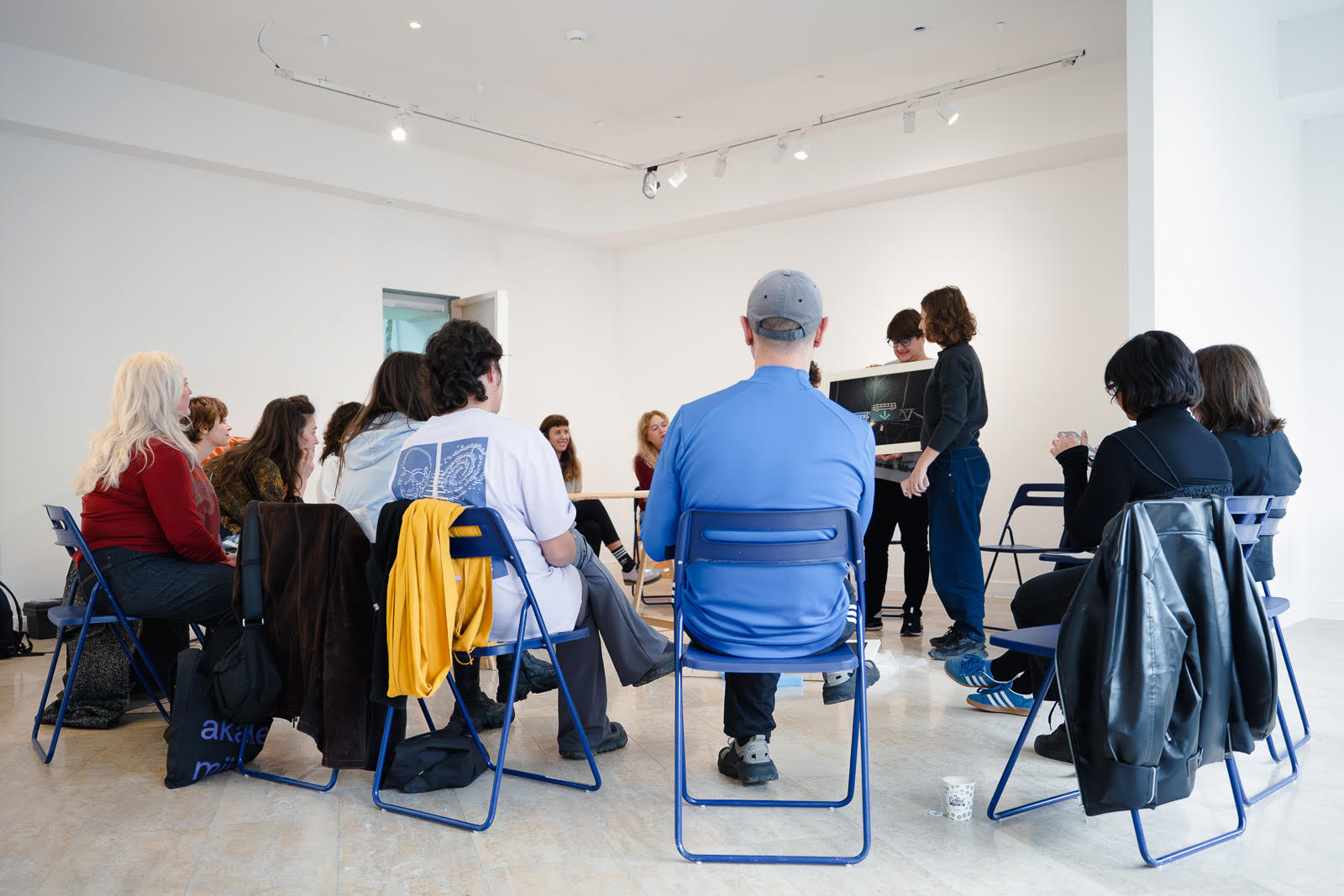NOTE TO THE READER:
All of my answers are driven by the improvisational practice of relating to the environment around me and the everyday routines that I undertake. Premeditated answers are expressed on the boards below. Thank you.
Please introduce yourself, describe what your artistic practice is focused on at the moment?
.jpg)
My answer to the #1 question is from Issa’s Haiku (published in The Essential Haiku, ed. Robert Hass, 1994, p.165)
All the time I pray to Buddha
I keep on
Killing mosquitos.
What are your real and desired conditions for art production?
%20(1).jpg)
Sketched in my planner:
Page at hand:
- Change passport (make sure you can update the visa to enter the country);
- Re-apply to visa;
- Don’t forget all of the documents (originals, no copies)
Next page:
- Upcoming event “Protocols for Caring Institutions”
- Share the MIRO board with the crew
- Buy Tofu
- Call Liza
What are your experiences of collaborative art and educational practices so far?
.jpg)
Pathway:
Trust, care, patience, awareness, care, care, care + humor and joy… (towards oneself and towards each other, towards the rest of the living and non-living beings and communities)
Also this:
.jpg)
How do these times of economical, social and ecological crises affect your art practice?

From Prototyping tenderness: a personal log of a dying world by Klelija Zhivkovikj
On the left: the image of the woman touching plants. Imagine a black-and-white picture; a little noise gives it a sense of time; she is among the plants, her hands stretched towards the leaves, and she touches them. The image is filled with plants and their details – contours, surfaces, light, and shade, nuanced picture is filled with nature… the woman is part of it.
On the right is the text:
Tenderness
is embodied
responsibility.
Response-ability
(Haraway)
Can we embody
responsibility to the
world we inhabit and
extract from?
Can we embody our
response to the world
we inhabit and extract
from?
Name about 10 words/associations/notions that first come to your mind when you think of engaged eco-social participatory practices?
%20(1).jpg)
.jpg)

.jpg)


